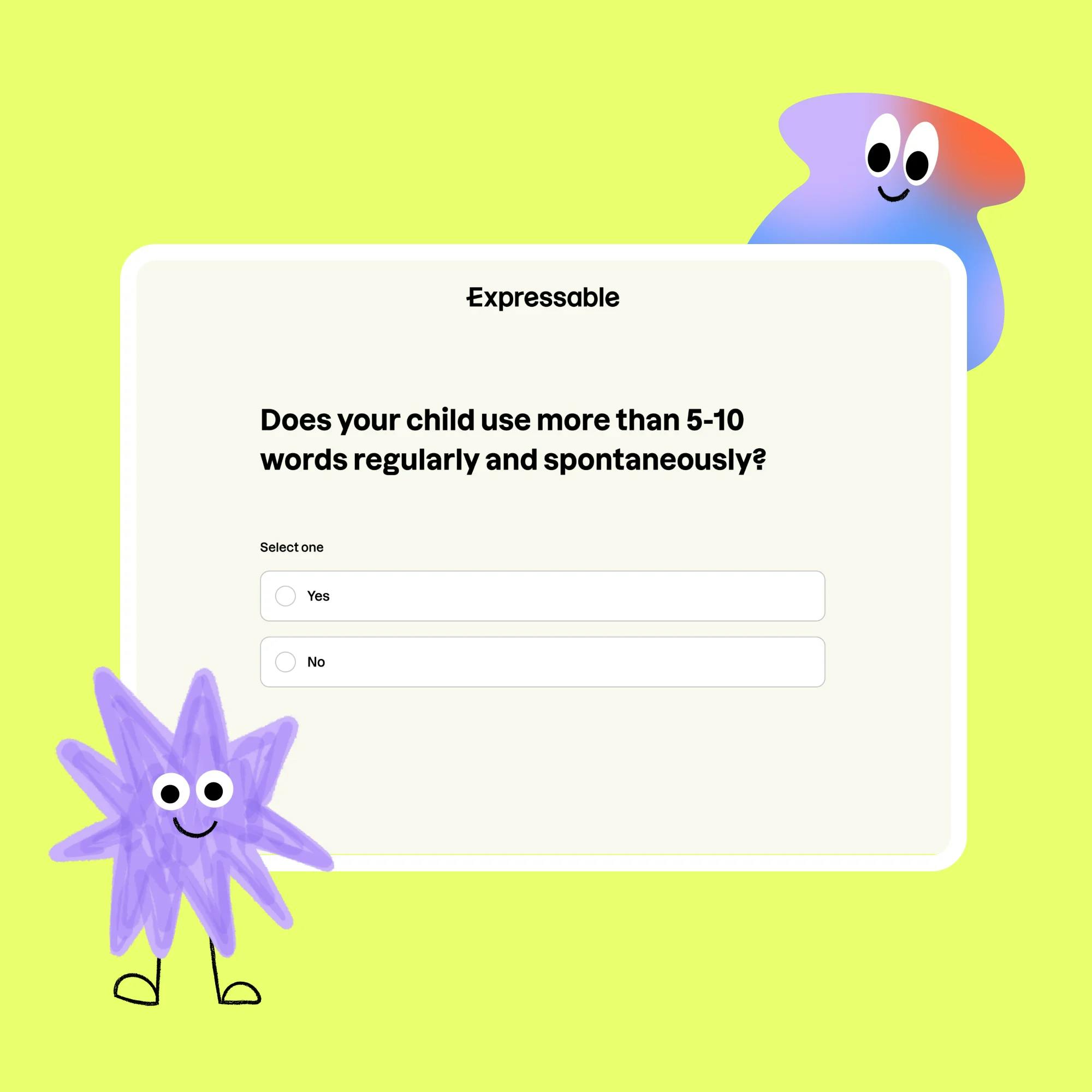
Diagnosing and Treating Speech Sound Disorders
 Leanne Sherred, M.S., CCC-SLP
Leanne Sherred, M.S., CCC-SLP
As young children, part of our development process is learning how to say words correctly. These speech skills develop over time as we learn to talk. Some sounds come easily, like the letters /p/, /m/, and /w/. Others are more difficult, such as /z/, /sh/, and /th/.
By the age of five, most children can pronounce almost all types of speech sounds. When a child struggles to say words or sounds correctly, this can be a telltale sign of a speech sound disorder.


What is a speech sound disorder?
Children who are not able to pronounce certain sounds or words by an expected age may have a speech sound disorder. Speech sound production requires both the knowledge of a speech sound, as well as the ability to coordinate the jaw, tongue, and lips with breathing and vocalizing in order to produce the desired sound. It's often difficult to understand someone with a speech sound disorder and, in many cases, it can affect a person’s social, academic, and professional development.
Broadly speaking, there are two types of speech sound disorders: articulation disorders and phonological process disorders.
Articulation disorders:
This is the inability to form legible words past a certain age. Word sounds may be distorted, added, dropped, or swapped altogether. According to Stanford Children’s Health, some common signs of an articulation disorder can include:
Errors due to differences in the orofacial structures (example: saying “hip” instead of “ship”)
Distorting sounds in words (example: saying "thith" instead of "this")
Swapping sounds in words (example: saying "wadio" instead of "radio")
Phonological disorders:
You or your child may have a phonological process disorder if there’s a regular pattern of mistakes common among certain words. While this is common in children learning to talk, if it extends past a certain age it may indicate a disorder. Signs of a phonological process disorder can include:
Saying only one syllable in a word (example: "bay" instead of "baby")
Simplifying a word by repeating two syllables (example: "baba" instead of "bottle")
Leaving out a consonant sound (example: "at" or "ba" instead of "bat")
Changing certain consonant sounds (example: "tat" instead of "cat")


While all children develop at different speeds, there are certain sounds they should be able to make by certain ages. According to the American Speech-Language-Hearing Association (ASHA), the milestone chart below shows the ages when most English-speaking children should develop certain sounds.
By 3 months:
Makes cooing sounds
By 5 months:
Laughs and makes playful sounds
By 6 months:
Makes speech-like babbling sounds like puh, ba, mi, da
By 1 year:
Babbles longer strings of sounds like mimi, upup, bababa
By 3 years:
Says /m/, /n/, /h/, /w/, /p/, /b/, /t/, /d/, /k/, /g/, and /f/ in words
People familiar with the child can understand their words


By 4 years:
Says /y/ and /v/ in words
May still make mistakes on the /s/, /sh/, /ch/, /j/, /ng/, /th/, /z/, /l/, and /r/ sounds
Most people understand the child’s speech
It’s important to realize that adults, too, can struggle with speech sound disorders. Some adults have problems that were started as a child and never properly treated, causing them to persist overtime. Others may have been the development of a stroke or traumatic brain injury.
Note: Having an accent is not a speech sound disorder. While the mispronunciation of certain sounds and words can sound like a speech problem, it may simply be a result of an accent.

What causes a speech sound disorder?
It can be hard to determine the root cause of a speech sound disorder, and there can be several factors involved. Unfortunately, in many cases there is no known cause. It other cases, speech sound errors may be caused by:
Brain damage, such as a head injury
Intellectual or developmental disability, such as autism
A genetic disorder, such as Down syndrome
Problems with hearing or hearing loss, such as a history of ear infections
Physical abnormalities that affect speech, including cleft palate or cleft lip
Disorders affecting the nerves involved in speech
Apraxia and dysarthria are two other conditions that can cause articulation problems. In childhood apraxia of speech, the brain has trouble sending signals to the speech muscles, like the lips, tongue, and throat, which can affect how and when they move. With dysarthria, the speech muscles may be weak and unable to produce certain sounds.
How are speech sound disorders diagnosed?
As with any condition, you should contact your physician if you suspect signs of a speech sound disorder. Mostly likely they will start by checking your child’s hearing. Many children with hearing loss are unable to properly listen to the words and sounds they make.
If your children’s healthcare provider rules out hearing loss, you should speak with a certified speech-language pathologist. By watching and listening to your child, they can determine whether or not he or she has a speech sound disorder.
As with any speech or language disorder, earlier interventions often lead to better outcomes. This is why it’s important to get your child seen by a speech-language pathologist sooner than later. The speech therapist will evaluate your child to:
Evaluate your child’s speech and language skills
Look at how your child moves their lips, jaw, and tongue
Provide education and preventative exercises so the condition doesn’t worse
Develop a treatment plan to overcome speech challenge


How can teletherapy help with speech sound disorders?
As mentioned above, a speech-language pathologist can diagnose and treat speech sound disorders. If your healthcare provider recommends speech therapy, working with an online speech therapist can provide several advantages over traditional in-practice settings.
Online speech therapy is more affordable
Practices have to pay for a lot of expenses that aren’t directly related to patient care: facility costs, marketing, support staff. With teletherapy, these cost savings are passed down to the customers.
Flexible scheduling and convenience
Instead of spending time traveling to and from in-person therapy sessions, patients can attend appointments from the comfort of their own home. You also have greater flexibility to schedule sessions on the dates that work best, and at the times that you prefer.
Just as effective as traditional therapy
Because all Expressable therapists are licensed speech-language therapists, there’s no difference in quality between teletherapy and on-site therapy sessions. A landmark study from Kent State University showed that there was no significant difference in scores between students who had teletherapy versus on-site speech therapy.
How Expressable Can Help
Concerned your child isn't reaching age-expected milestones? Looking for communication support from a professional? Expressable is a national online speech therapy practice serving children and adults. We treat all major areas of communication and feeding, offer flexible hours including evenings and weekends, and accept most major health insurance plans. We’re proud to have earned more than 3,000 5-star reviews from our clients (4.9/5 average).
Our therapy model is centered on parent and caregiver involvement. Research proves that empowering caregivers to participate in their loved one’s therapy leads to better outcomes. That’s why we combine live, 1-on-1 speech therapy with personalized education and home practice activities for faster progress.
Communication is more than words. It’s how we share how we feel and show who we are. We’re here to help you or your child do just that.











